Existing User Log In
New User Registration
Register for a free account to gain full access to the VGChartz Network and join our thriving community.



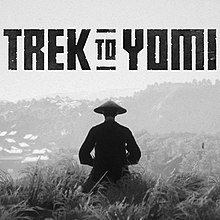

America - Front
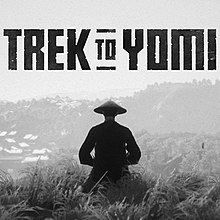

America - Back

Flying Wild Hog
Action
 (Add Date)
(Add Date) (Add Date)
(Add Date) (Add Date)
(Add Date)
| Owners: | 0 |
| Favorite: | 0 |
| Tracked: | 0 |
| Wishlist: | 0 |
| Now Playing: | 0 |
"There is nothing that says more about its creator than the work itself." So wrote legendary filmmaker Akira Kurosawa in his autobiography, Something Like an Autobiography. So, what does cinematic action game Trek to Yomi say about creator Leonardo Menchiari, who crafted the experience alongside studio Flying Wild Hog? A lot, it turns out. It says that Menchiari loves the world of movies, particularly Kurasawa's samurai films of the 1950s and 60s, and that he values authenticity in all things. Trek to Yomi is a love letter to titles like The Hidden Fortress, Yojimbo, and Seven Samurai — one with production design to rival the greats of Japanese cinema.
Trek to Yomi takes place in Edo Japan and follows Hiroki, a young swordsman who grows into a powerful samurai. When Hiroki's peaceful town is attacked by ruthless bandits, he must exact revenge on the perpetrators, search for the woman he loves, and travel beyond life and death to confront his failings and find balance within himself.
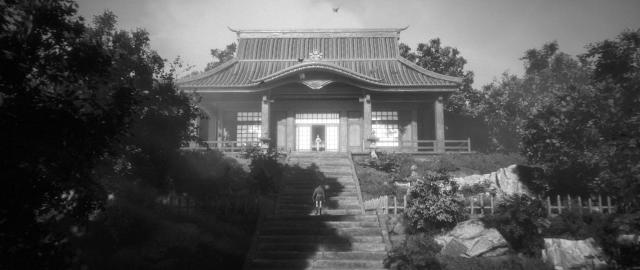
The story in Trek to Yomi doesn't exactly tread new ground, but it's enjoyable nevertheless. Hiroki is a sympathetic, imperfect character worth rooting for, and the supporting cast of heroes and villains are interesting in their own right — if a little underdeveloped. The tone and mood of the narrative is consistent throughout and the themes of duty, honor, love, pride, and balance are well established.
What truly brings Trek to Yomi to life isn't its story, however; it's the game's production design and cinematography. Seven months from now, in the heart of game-of-the-year awards season, expect to see Trek to Yomi on the shortlist for best art direction. Not only is it faithful to the period — native Japanese experts, including historian Aki Tabei Matsunaga, oversaw the production to ensure historical accuracy — but it's visually glorious, with some spectacular, breathtaking composed shots worthy of the cinema. Even in the uglier areas there is amazing art to be found. In Hiroki's own words, "there is strange beauty even in this wretched place."
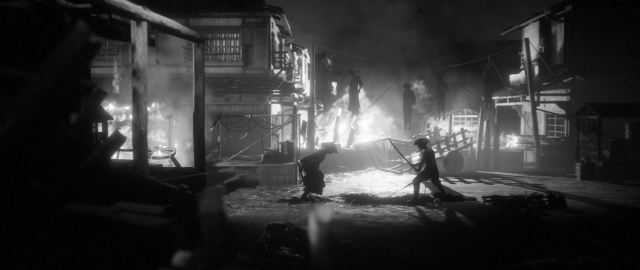
The gameplay in Trek to Yomi can't compete with its exceptional art, but thanks to some flashy, nuanced sword-fighting mechanics, it's fairly good. Since you play as a samurai surrounded by murderous bandits, combat is the name of the game. It all plays out on a 2D plane, with enemies jumping in from the foreground & background and then attacking Hiroki on his left & right. While the combat framework starts off simply, with a young Hiroki struggling to take down one or two brigands at a time with a limited number of sword strokes, it steadily evolves in the samurai's adulthood to skirmishes with three to seven enemies at once and a host of attack, defend, and counter combos.
This progression comes evenly, across a well-calibrated difficulty curve. At first you'll learn the basics — X for light attack, Y for heavy attack, left bumper to block and parry — and soon enough you'll be chaining four-hit combos and stunning enemies in order to perform dramatic "finisher" kills that partially replenish health. In those special instances when you're on a roll, deflecting enemy sword strokes, dodging outstretched blades, and slaying several enemies in a row without taking a hit, the game really shows its potential.
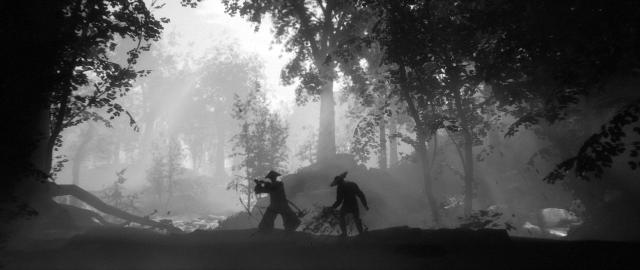
At other times, though, the game reveals some flaws. While the combat is good per se, the way it's deployed in the game needs some work. The biggest issue is repetition. Trek to Yomi has a way of throwing the same types of action situations at the player over and over. You'll move through a beautiful landscape, then enter into combat with a handful of bandits, attacking from left and right. Once you clear the area, you'll explore a little more of the handsomely-crafted world until you trigger another fight, with an identical flow. This is particularly bad in chapter 5, where the same wraith-like enemies waylay you with the same moves every other screen. It grows tedious after a while. There are a handful of interesting sections where Hiroki must outrun a crumbling bridge or burning rooftop, and also a few opportunities where he can ambush enemies with some kind of environmental hazard — barrels, planks, a burst dam — but these are relatively rare. There's also a brief flirtation with a kanji-matching puzzle, but the less said about that the better.
Outside of combat, you'll spend most of your time exploring. Searching off the main path will yield several items, including ammunition for projectile weapons, health and stamina upgrades, and collectibles. You might also stumble upon an NPC in need or a new vantage point. Finding the obscured paths to theses rewards is satisfying, and provides a welcome break from the never-ending combat. The only downside is that exploration takes place mostly in a 3D space, with fixed camera angles (think Onimusha). It can be quite jarring to constantly move back and forth between 3D exploration and 2D combat.
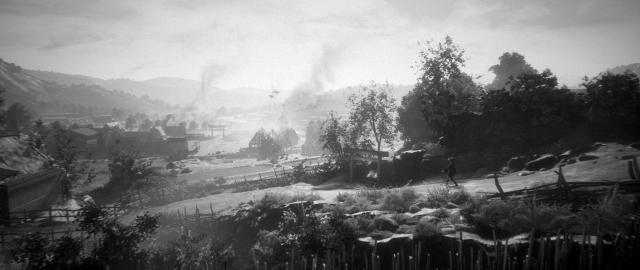
Despite some exploration opportunities, Trek to Yomi is a mostly linear game. It's also a relatively short one, with a running time of five to six hours. Although the main campaign is rather brief, there are a couple of reasons to replay the game. First, there are a few junctures at which Hiroki must make a moral decision, which leads to different dialogue, cut scenes, and even endings. Second, there are four difficulty modes, including "Kensei", unlocked after you beat the game, in which a single hit kills both enemies and Hiroki.
In terms of graphics and performance, Trek to Yomi acquits itself well. The monochromatic visuals work perfectly with the game's cinematic sensibilities, and the frame rate on Xbox One is steady — although not as swift as the versions on PS5 and Xbox Series. The only technical issue involves loading times; they last on average 50 seconds, and in one instance spiked to 105 seconds.
If you love samurai movies from the 50s and 60s, as designer Leonardo Menchiari clearly does, than Trek to Yomi is the game for you. Artistically and thematically, it hits all the right notes, and conjures memories of Kurosawa and Mifune. If, however, you prefer deep, diverse gameplay to art and story, you might find yourself only partially satisfied. In either case, it's hard to deny the love and attention to detail that went into this production.









